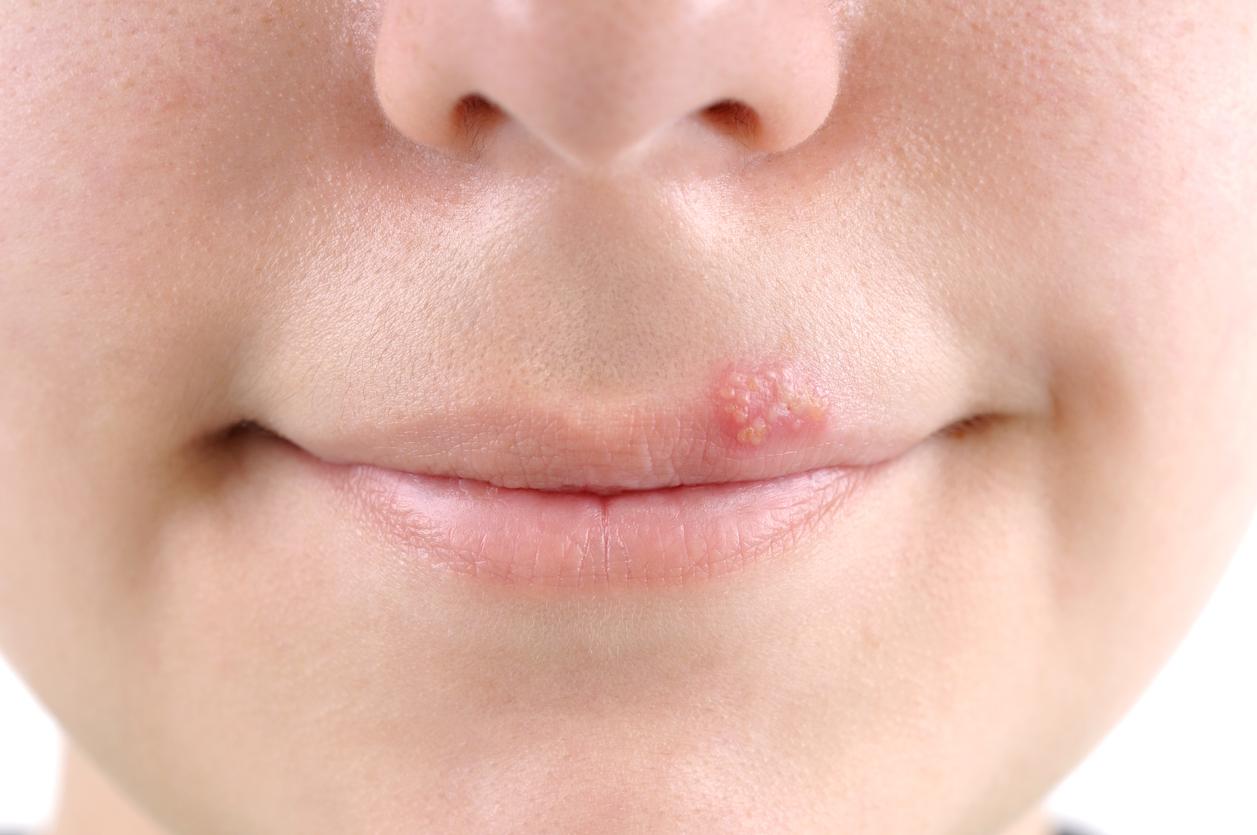Back to school is a bit like January 1st, we are steeped in good intentions that generally shatter very quickly. However, if there is one that seems particularly important, it is to take care of yourself. And it goes through a little health check-up that can’t hurt… Weight, blood pressure, vision… Here are 5 measures to take easily to take stock.
Read also :
Connected health: children too!
Infographic: what you need to know about blood pressure
Test: should you have a health check-up?
Check your weight, BMI and waist circumference
Why measure your BMI?
Being overweight is a risk factor for many diseases, even breast cancer After the menopause… But the weight being relative to the height, its measurement is not enough to evaluate the importance of the possible excess. BMI (Body Mass Index) is more appropriate.
It is useful to complete it with waist circumference because the latter gives an idea of the fat mass inside the abdomen. Much more than the fat stored in the hips, excessive waist circumference is an important risk factor for cardiovascular illnessesI‘hypertension where the diabetes. “Sudden weight gain or loss can also be indicative of pathologies, such as a thyroid disorder,” says Thomas Cartier. Talk to your doctor, especially if this weight loss/gain is associated with other signs, such as a large tiredirritability…
For who ?
For everyone. Be aware, however, that BMI is not suitable for childrengreat athletes and pregnant women.
How to calculate your BMI?
No need to weigh yourself every day. It is advisable to do this once a month. BMI is calculated by dividing your weight by your height squared..
BMI = Weight (in kg) / Height (in meters)2
Interpretation of BMI
- Below 18.5 : underweight
- Between 18.5 and 25 : normal build
- Between 25 and 30 : overweight
- Between 30 and 35 : moderate obesity
- Between 35 and 40: severe obesity
- Over 40: morbid obesity
For the waistline : Place a tape measure between the navel and the last ribs, at the level of the smallest perimeter. The waist circumference should not exceed 102 cm for men and 88 cm for women (except during periods of pregnancy, of course).
Read also
Calculate your ideal weight
Self-evaluate your vision
From what age to check your vision?
- From 45 years old. This is the age at which the first signs of presbyopia can appear. If you start to need to remove the book or the restaurant menu to see properly, it’s because you’ll have to make an appointment with the ophthalmologist. From the age of 45, it is advisable, in any case, to consult every two years to detect the glaucoma. This disease affects the optic nerve long before the first symptoms (loss of visual field) appear. However, this damage is irreversible.
- From 50 years old. If you see a dark spot forming or the straight lines getting distorted, quickly make an appointment with your ophthalmologist. These symptoms suggest AMD (age-related macular degeneration).
How to test your vision yourself?
Several optical brands offer to test your eyesight on their website. Here are two examples:
- http://www.essilor.com/fr/BienSee/VerresAVourVue/TesterVision/Pages/default.aspx
- https://www.opticiens-atol.com/tester-ma-vue/
To know more
Our file on all vision problems
Test your breath
Breath measurement can detect respiratory diseases such as asthma and chronic obstructive pulmonary disease (COPD), then to monitor their evolution.
Who should test their breath?
For people who have manifestations that cause them to fear a reduction in their respiratory capacity. This may be the case of those who work in a dusty atmosphere or in contact with toxic substances, are out of breath when climbing a second floor, notice a decrease in their endurance during sports activities, smoke, cough or spit in the morning. ..
How to test your breath?
It is possible to measure your breath yourself with a small device called a peak flow meter (it is sold in pharmacies). General practitioners, pharmacists and some physiotherapists are equipped with them. You can therefore take advantage of a consultation to perform this measurement.
Measure your heart rate
What is the purpose of measuring your heart rate?
This measure provides relatively little information on the state of health. ” A person can have a very slow or fast pulse without having any heart disease or, conversely, suffer from a heart disorder while the rhythm of their heart is within normal values.“, explains Dr. Nicolas Postel-Vinay, doctor in the arterial hypertension unit of the George Pompidou European Hospital in Paris. Nevertheless, extreme values should alert. It is advisable to consult your general practitioner if you have a pulse lower than 40 or higher than 120.
Who should measure it?
For everyone and at any age.
How to measure your heart rate?
The cardiac frequency is measured at rest, after 10 minutes without effort. Apply your finger to the path of an artery (wrist or neck) and count the number of pulses for 1 minute. Measurement is possible with smartphone applications (Instant Heart Rate, Runtastic Heart Rate, etc.) by placing your finger on the camera lens. ” But the reliability of this measurement is disputed, iSays Nicolas Postel-Vinay. Exercise heart rate can only be meaningful on a case-by-case basis. There is no value not to exceed “.
Take your blood pressure
Do it yourself to avoid the “white coat effect”
Self-measurement of blood pressure makes it possible to detect high blood pressure and, for those treated, to verify the effectiveness of the treatment. A more reliable result is obtained than the doctor’s one-time measurement. “We screen for masked hypertension, that is to say that which manifests itself at certain times of the day and not necessarily at the doctor’s, and we rule out the elevations due to the presence of the doctor, what is called the ‘white coat effect,’ says Nicolas Postel-Vinay.
How often do you measure blood pressure?
Apart from risk factors (obesity, diabetes, kidney failure, oral contraception, etc.) which require more frequent measurements, Dr Nicolas Postel-Vinay recommends self-measurement of blood pressure once every two years.
How to measure your voltage?
With an electronic blood pressure monitor, measure your blood pressure every morning and every evening, two or three times at one-minute intervals, for five consecutive days. Take the average of the values obtained and consult your doctor if they exceed 135/85. Some connected devices calculate these averages automatically. Finally, Hy-Result®, a software available free of charge on the site www.automesure.comalso does the calculations and sends alert messages according to the results and the situation (age, weight, contraception, etc.) of each person.
And are connected devices useful?
A scale that communicates your weight to your smartphone and tracks its evolution, a blood pressure monitor connected via wifi to your mobile phone, applications that measure your heart rate, your degree of physical activity, the quality of your sleep or the number of calories ingested during the day… Thanks to connected devices, self-measurements have become easier to perform. However, “if anything that can encourage people to practice more physical activity or control their weight is to be encouraged, there is a kind of utopia in believing that connected devices are synonymous with medicine; we must therefore not overestimate its interest”, emphasizes Dr Nicolas Postel-Vinay.
Read also
What if by watching your sleep you sleep less well?
















